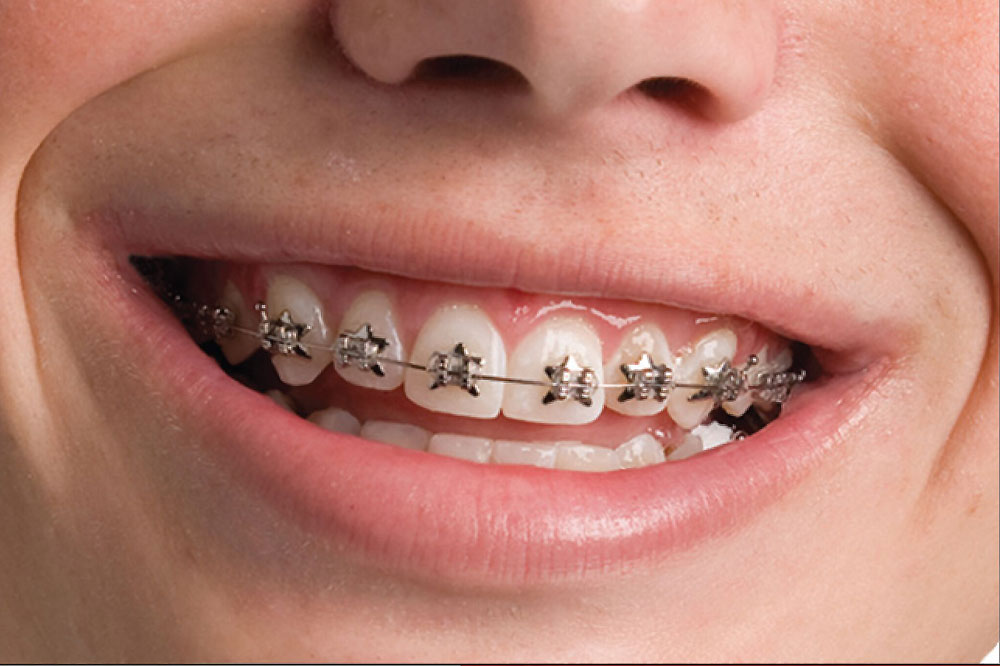Comprehensive Overview to Orthodontics Procedures for Correcting Dental Imbalances
In the realm of orthodontics, the trip to attaining a perfectly lined up smile involves a myriad of treatments tailored to deal with oral imbalances. From conventional dental braces to unseen aligners and also medical options, the field of orthodontics offers a series of solutions to attend to differing levels of oral irregularities. Recognizing the intricacies of each procedure, including their devices, benefits, and potential drawbacks, is crucial in making informed decisions regarding one's orthodontic treatment. As we navigate with the extensive overview to orthodontic treatments for remedying oral imbalances, the detailed information of each method will certainly unfold, shedding light on the path toward a harmonious and practical dental alignment.
Orthodontic Procedures Review

Normal changes and monitoring are vital parts of orthodontic treatment to make certain progress is on track and to make any needed alterations along the means. By undergoing orthodontic treatments, clients can not just attain a straighter grin but also enhance their total dental wellness and function.
Traditional Braces: Exactly How They Work
When considering orthodontic therapies for dental imbalances, standard dental braces stand out as a time-tested technique for correcting teeth placing. Standard braces consist of braces, cords, and bands that work with each other to use constant pressure on the teeth, progressively moving them into the preferred placement.
One secret element of exactly how traditional braces job is the procedure of bone improvement. As stress is put on the teeth with the braces, the bone surrounding the teeth is improved to sustain the brand-new tooth positions. This renovation is essential for the lasting stability of the fixed placement. People will need routine modifications at the orthodontist's office to ensure the dental braces remain to apply the appropriate stress for effective teeth motion.
Unnoticeable Aligners: Advantages And Disadvantages
These clear, tailor-made trays are essentially undetectable when worn, making them an enticing choice for individuals looking for a much more visually pleasing orthodontic treatment. People can eliminate the aligners before consuming or brushing their teeth, lowering the risk of food obtaining stuck in the home appliance and simplifying the cleansing process.

Surgical Orthodontic Options
Surgical treatments in orthodontics present practical choices for resolving complex dental imbalances that might not be effectively dealt with with traditional orthodontic therapies. While conventional braces and unnoticeable aligners can fix numerous orthodontic problems, particular instances call for medical intervention to accomplish optimal results. Surgical orthodontic options are generally suggested for serious malocclusions, considerable jaw disparities, and situations where the underlying bone framework needs adjustment to accomplish appropriate alignment.
One usual medical orthodontic treatment is orthognathic surgery, which entails rearranging the jaws Home Page to fix functional concerns such as problem talking or chewing. This surgery is usually executed in partnership with an orthodontist who aids line up the teeth prior to and after the procedure. Surgical orthodontics may additionally involve treatments to subject impacted teeth, get rid of excess gum cells, or reshape the jawbone to create a more unified facial account.
Before considering medical orthodontic options, people go through a comprehensive analysis to figure out the necessity and prospective advantages of such treatments. braces. While surgical procedure may appear difficult, it can considerably boost both the function and aesthetics of the smile in instances where conventional orthodontic therapies fail
Retainers and Post-Treatment Treatment

Post-treatment care entails following the orthodontist's directions faithfully. This may include appropriate dental health practices, attending follow-up visits, and putting on the retainers as prescribed. Failure to conform with post-treatment care directions can cause relapse, where the teeth gradually move back in the direction of their initial positions. Regular retainer wear, excellent oral health, and normal dental examinations are important for keeping the results accomplished with orthodontic surgery and guaranteeing the long-lasting security of the fixed oral alignment.
Verdict
Finally, orthodontic treatments provide different options for remedying oral imbalances. Typical braces use steel braces and wires to change teeth right into appropriate placement. Unnoticeable aligners supply an even more discreet option yet may not appropriate for all situations. Surgical orthodontic options are available for more extreme misalignments. Retainers are generally made use of post-treatment to keep the brand-new positioning. Generally, orthodontic procedures can properly boost dental health and wellness and visual look.
As we browse through the detailed guide to orthodontic procedures for fixing oral misalignments, the complex information of each approach will unfold, shedding light on the path towards a harmonious and practical dental positioning. - orthodontics
One of the most common orthodontic treatments is the use of braces, which consist of metal brackets and wires that use mild stress to progressively shift teeth right into the desired position.When considering orthodontic treatments for oral misalignments, standard braces stand out as a reliable method for remedying teeth positioning. Furthermore, directory unnoticeable aligners might not be appropriate for complicated orthodontic problems that need more substantial teeth activity, as they are typically advised for light to moderate cases. Retainers are custom-made orthodontic tools developed to hold teeth in their remedied placements after the completion of orthodontic therapy.